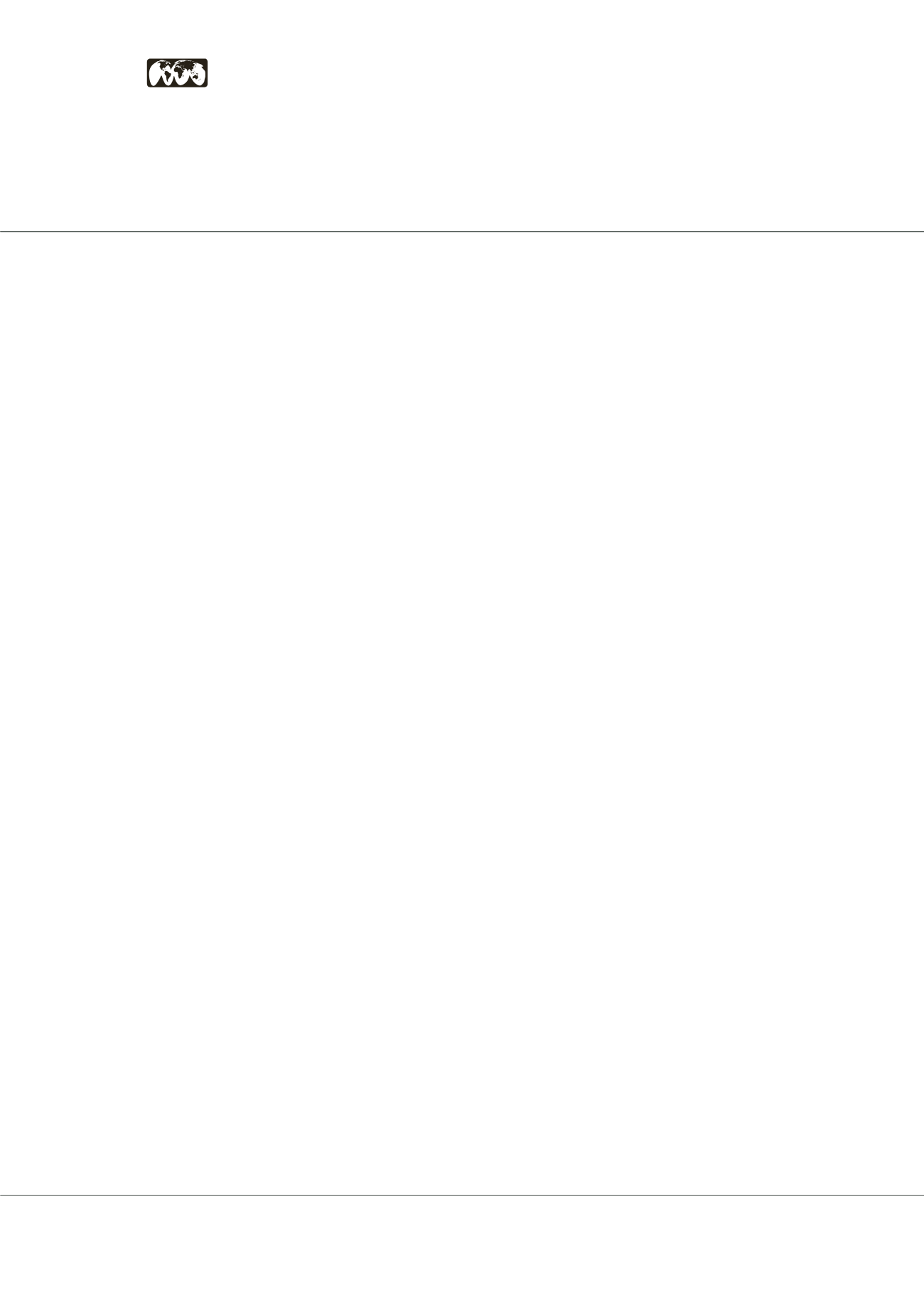

Page 42
allied
academies
September 06-08, 2018 | Edinburgh, Scotland
Food safety and Hygiene
International Conference on
Journal of Food Technology and Preservation | ISSN: 2591-796X | Volume 2
Costs estimation of human salmonellosis outbreaks associated to animal products consumption in Brazil,
2008/2016
A C M Brasileiro, Flávia M R R Nicolino, S Brenner
and
J P A Haddad
Federal University of Minas Gerais, Brazil
H
uman salmonellosis is one of the most frequent
foodborne diseases worldwide, causing damage to
population health and a major financial impact, even in
developed countries. In Brazil, due to communication
system failures, it is estimated that only 10% of total
foodborne outbreaks are reported. A partial budget model
with stochastic modelling was used to estimate the costs
of human salmonellosis outbreaks carried by animal
products, notified to Health Ministry from January 2008
to December 2016. The costs were estimated on absence
days of work and on hospital treatment expenses. Infected
people were categorized according to illness severity:
people who felt ill and stayed at home; people who got
sick and received ambulatory care; people who got sick
and needed hospitalization and people who got severely
sick needing intensive care treatment. Probabilistic models
were created to estimate costs for each category using
@ Risk® (version 5.7, Palisade Corporation©, 2015). The
total average cost was estimated at US$ 1.132.368,05. The
variable of greatest impact was the average hospitalization
(R² = 0.90), followed by average of absence days of work due
hospitalization (R² = 0.38) and average of absence days of
work per outpatient case (R² = 0.22). The model definition
to estimate salmonellosis outbreaks costs, associated with
animal origin products consumption, helps to show not
only the financial impact of the disease in Brazil, but also
allows a better visualization of the problem magnitude,
improving the assertiveness of health surveillance programs.
e
:
anna.brasileiro@gmail.comEffects of vacuum packaging on nutrient contents of fillet fish
Lethrinus Nebulosus
Ali Aberoumand
Behbahan Khatam Alanbia University of Technology, Iran
A
im of this was to study the effect of vacuum packaging
on proximate composition and mineral content in fish
fillet stored at -18 ° C for 0, 20 and 40 days. To determine the
proximate composition and elements, standard and AOAC
(2005), were used. Results showed the lowest zinc content in
vacuum condition was found after 20 days (1.95 ppm+ 0.27),
but the highest value was found after 40 days (2.69ppm+ 0.12)
of frozen storage. The amount of sodium also increased during
this period where the amount reached to (1318ppm+6.00) at
end of the storage period. Potassiumwas found to be the most
abundant mineral among the macro elements in fish tissue.
Its amount in both packaging conditions did not show any
significant difference, but after 20 days of experiment, amount
of potassium in vacuum stored sample was higher than control
(3477ppm+49.50). Amount of calcium in fish tissue was also
higherthanothersamplesattheendofthefrozenstorageperiod
(398ppm+1.52). The protein percentage of fish fillets increased
during the experiment period, except for day 0 (%19.31+0.04),
but frozen samples under vacuum at 20 day (%19.52+0.05)
and 40 day (%19.73+0.08), found more than control sample,
however, there was no significant difference between them
(p> 0.05). It can be concluded that vacuum packaging can
significantly influence mineral content of fish fillets, and
their shelf life can be enhanced through frozen storage.
e:
aberoumandali@yahoo.comFood Safety 2018, Volume 2
DOI: 10.4066/2591-796X-C1-003
















